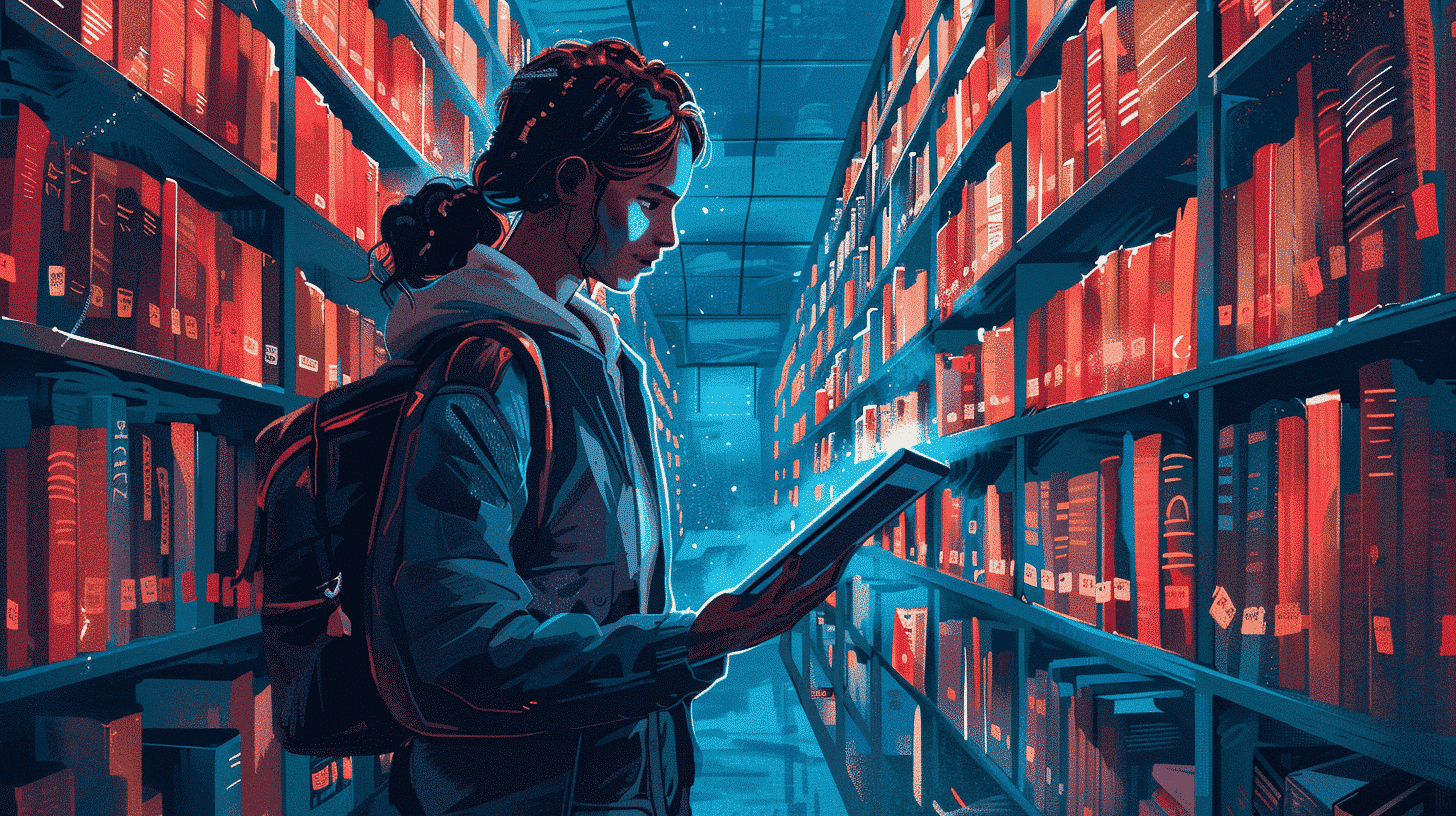Origins and Evolution: A Humorous Historical Blend
Urdu’s evolution is a story of linguistic fusion that is as amusing as it is complex. Originating during the Mughal Empire in South Asia, Urdu developed as a blend of several languages, including Persian, Arabic, Turkish, and local Indian dialects. This melting pot of influences led to some entertaining linguistic outcomes.
- A Language Born in the Army Camps: The word “Urdu” itself means “army” or “camp” in Turkish, reflecting its origin as a lingua franca among soldiers from diverse linguistic backgrounds. Imagine a bunch of soldiers trying to communicate, mixing words from various languages—this chaotic blend eventually became the elegant Urdu we know today.
- Persian Poetry Meets Indian Vernacular: Urdu inherited the ornate and poetic flair of Persian, but with a colloquial twist from Indian languages, leading to expressions that sound both sophisticated and playful.
The Urdu Script: A Visual Puzzle with a Comedic Twist
One of the most distinctive and amusing aspects of Urdu is its script. Written in a modified form of the Persian Nastaliq calligraphy, the script is often described as a work of art but also a puzzle for learners.
- Right to Left, But Also Downwards: Unlike most languages that are written left to right, Urdu is written right to left. Additionally, its flowing Nastaliq style often looks like letters are cascading diagonally down the page, which can be quite confusing and funny to beginners trying to decode it.
- Similar Letters, Different Sounds: Urdu has several letters that look nearly identical but have completely different pronunciations, making reading a bit of a guessing game at times.
- Diacritic Dilemmas: The use of diacritics can change the meaning of a word entirely, and missing or misplacing these marks can lead to humorous misunderstandings.
Playful Vocabulary: Words That Will Make You Smile
Urdu’s rich vocabulary is filled with words that are not only poetic but often amusing in their sound and meaning. Many words in Urdu have a musical quality that can be delightful to pronounce.
- Onomatopoeic Words: Words like phusphusana (to whisper) or khushkhabri (good news) reflect sounds and emotions in a way that tickles the ear.
- Ridiculously Long Compound Words: Urdu can create extremely long compound words, especially in poetry and literature, which sound humorous when spoken aloud.
- Double Meanings and Puns: Urdu speakers love wordplay, and many words have double meanings that create endless opportunities for jokes and clever banter.
Examples of Funny Urdu Words and Their Meanings
- Chamcha (چمچ): Literally means “spoon,” but colloquially it’s used to describe a sycophant or “yes-man,” often in a teasing way.
- Gadha (گدھا): Means “donkey” but is humorously used to call someone foolish.
- Patakha (پٹاخہ): Literally “firecracker,” but often used to describe a lively or attractive person, adding a playful compliment in conversations.
Grammar Quirks: When Rules Get Playful
Urdu grammar has its own set of rules that can sometimes feel like a linguistic joke to learners.
- Gender Confusion: Unlike English, every noun in Urdu has a gender, masculine or feminine, which affects verb conjugation and adjective forms. Sometimes, words that seem obviously masculine or feminine can surprise you by being the opposite.
- Verb Agreement Challenges: Verbs change form based on gender, number, and politeness level, leading to amusing mix-ups for beginners.
- Politeness Levels: Urdu has multiple levels of politeness, from very formal to casual, and using the wrong level can unintentionally sound rude or overly formal, which can be funny in everyday interactions.
Urdu in Popular Culture: Comedy and Satire
Urdu has been a favorite medium for comedians, satirists, and playwrights, largely due to its expressive vocabulary and poetic flexibility.
- Stand-Up and Sketch Comedy: Urdu’s rich idiomatic expressions and slang are often used to create hilarious sketches and stand-up routines that resonate deeply with native speakers.
- Classic Satirical Writers: Writers like Mushtaq Ahmad Yusufi used witty and humorous prose to critique society while showcasing the beauty of Urdu.
- Television and Film: Urdu dialogues in Pakistani and Indian cinema often blend humor with drama, making the language a vehicle for comedic timing and punchlines.
Learning Urdu with Talkpal: Fun and Engaging
For anyone interested in exploring these funny and fascinating aspects of Urdu, Talkpal provides an interactive and enjoyable way to learn the language. With its user-friendly interface and engaging lessons, Talkpal helps learners grasp the nuances, pronunciation, and cultural context of Urdu, making the learning process both effective and entertaining.
- Interactive exercises that include humorous dialogues and idioms.
- Practice with native speakers to understand the playful use of language in real-life contexts.
- Access to a wide range of multimedia resources showcasing Urdu’s poetic and comedic richness.
Conclusion: Embracing the Quirks of Urdu
Urdu is much more than just a language; it’s a cultural phenomenon filled with humor, beauty, and complexity. Its unique script, playful vocabulary, and intricate grammar rules provide endless amusement and learning opportunities for both native speakers and language learners. Whether you are intrigued by its poetic elegance or charmed by its humorous quirks, Urdu offers a delightful linguistic adventure. Platforms like Talkpal make this journey accessible and enjoyable, encouraging more people to discover the funny and fascinating world of Urdu.









